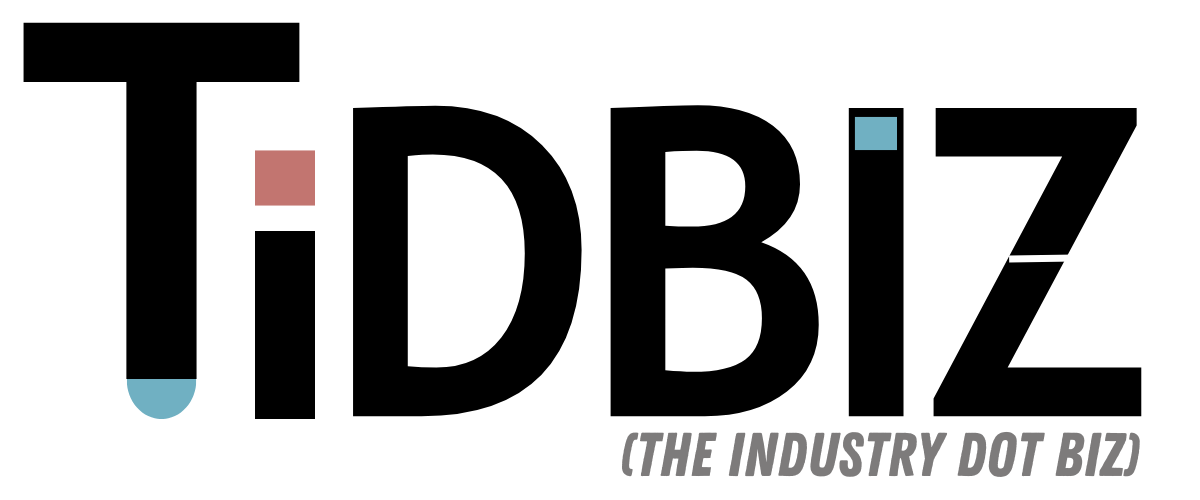Trump’s Economic Narrative Under Fir
e
Former President Donald Trump is out there touting a booming economy, but many voters don’t seem to be buying what he’s selling. Despite the administration’s claims of recovery and growth, the sentiment among everyday Americans tells a different story. Rising prices—especially in essentials like groceries and gas—have left a sour taste in the mouths of constituents. They are not feeling the so-called economic boom, and that’s a serious problem for Trump and his team.
The Disconnect Between Policy and Perceptio
n
Privately, aides acknowledge that voters are uneasy about the current economic climate. They argue that the policies implemented during Trump’s presidency are starting to bear fruit. However, this optimism feels misplaced when faced with the realities of inflation that have gripped the nation. For many voters, the economic indicators that Trump’s team is celebrating don’t translate to their daily experiences. It’s one thing to tout unemployment rates or GDP growth, but if people can’t afford their bills, those numbers ring hollow.
Economic Indicators vs. Voter Experienc
e
Economists can point to various metrics indicating a recovery, but metrics don’t pay the rent. Voters are more concerned with their personal financial situations than with abstract statistics. When they fill their tanks or shop for groceries, the pinch is palpable. The soaring costs have created a mood of discontent, and that’s a sentiment that political spin cannot easily erase. Trump’s aides might be seeing a light at the end of the tunnel, but for many Americans, that tunnel feels a lot longer than the administration suggests.
Consumer Confidence and Its Impac
t
Consumer confidence is a crucial component of any economy. When people feel secure in their jobs and finances, they’re more likely to spend money, which in turn fuels economic growth. Right now, however, that confidence is shaky at best. A recent poll indicated that a significant percentage of voters believe the economy is headed in the wrong direction. If people are hesitant to spend, it can create a vicious cycle that ultimately undermines the very growth Trump’s team is trying to highlight.
Strategies to Win Back Voter Trus
t
So what can Trump’s team do to bridge this gap? Acknowledging the struggles faced by average Americans would be a step in the right direction. Instead of a one-size-fits-all narrative about economic success, they need to connect with voters on their terms. Policies that demonstrate real impact on everyday life—like relief from high prices or job creation in struggling areas—might help regain the trust that seems to be slipping away. Until then, the economic message risks falling on deaf ears.
Looking Ahead: The Road to 202
4
As the 2024 election looms, this disconnect could become a major hurdle for Trump. If he can’t effectively communicate economic benefits that resonate with the average voter, he risks losing ground to opponents who may offer more relatable narratives. The stakes are high; voters want to feel that their leaders understand their struggles and are working actively to alleviate them. The challenge is steep, but with the right approach, there’s still a chance for Trump to turn the tide.
Question
s
What specific policies do you think could alleviate voters’ concerns about the economy?
How important is it for political leaders to connect with voters on economic issues?
Can Trump shift voter perceptions about the economy before the next election?




